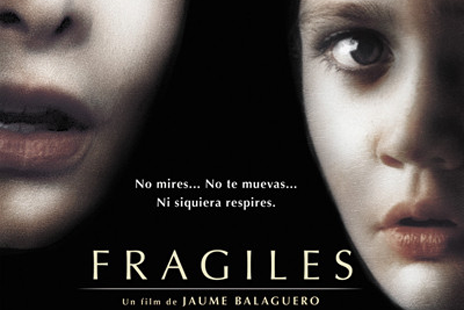News
Interview with Emma Díaz – Part One
In 709 Media Room we have interviewed Emma Diaz, colorist and postproduction technician with a 13-year career in the industry. She has worked in different TV series among which we can find Red Eagle, Physics or Chemistry, Los Hombres de Paco and movies such as Fragile, The Kovak Box o Remake.
How did you become a colorist?
Before becoming a colorist I did everything, I started as an assistant, like everyone else; I was an assistant in Bambalam, a youth program of Telemadrid. Then I was assistant, assistant director and director in different production companies. After that, I was an editing teacher at CGT and then I decided to recycle myself to the world of postproduction because I wanted something more from the editing room. For this I did a master’s degree in Editbox, from Quantel, and my previous training was through the INEM image courses.
What is a colorist for you?
For me, color grading is like the final process, the face-lift that is needed, that unifies and gives shape, the icing on the cake. One of the things that gives me most satisfaction is that from my hands comes out the final product, what will be screened in theaters or broadcast on television.
What technical color correction equipment (or equipment) do you use?
Quantel, EQ and IQ.
What do you think is the best thing about the profession?
The transformation that the image undergoes, to see how it changes and how you can contribute to the project; through that transformation, to give it meaning, to give it more meaning.
And the worst part?
The hours of work. One of the things that is often a challenge in this profession is the conflict that is created between the director and the director of photography, in which you find yourself in the middle. And the fact is that today’s equipment is capable of changing the image and the intention of the shoot completely, so there are many times when the directors of photography get excited and start changing things, and the director arrives and says “but what is this, if it’s not what we had shot”. And you’re in the middle of that conflict, because even though the cinematographer is your boss, the director of the film is your boss’s boss, and everyone has to be happy.
What does someone have to have to be a colorist?
The eye, everything else is studied. The eye can also be educated, but you have to have it. And patience (he says jokingly).
How do you think the relationship between the colorist and the director of photography should be?
How would I like it to be or how should it be? The first moment when you meet a director of photography is complicated, until he or she trusts you and everything goes more smoothly, but at first there is always a special moment, and sometimes a difficult one.
I think we are a team, that’s it. At first you don’t know each other and you don’t know what he likes or what he doesn’t like; and he has to try to transmit what he wants to tell you, his idea, his aesthetics, his way of feeling it. You have to try to capture this, because in the end you are not a “button pusher” who knows how to operate a machine and that’s it, the “director” of photography doesn’t tell you “give it more green” or “take away more red”, but in the post-production process you are part of the photo team, and you have to help him to enrich and correct.


